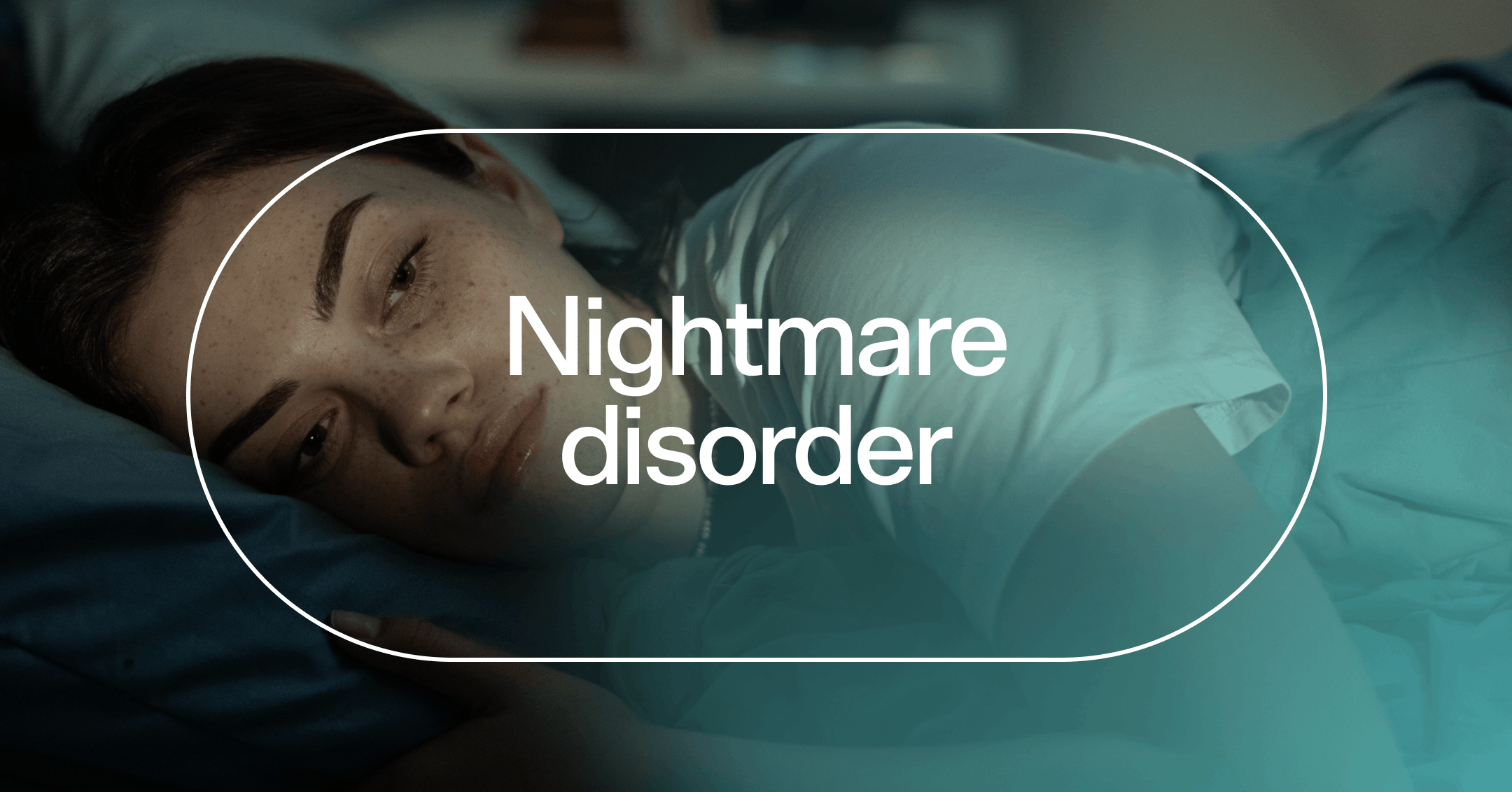A dual diagnosis is when someone has a substance use disorder (SUD) and a psychiatric disorder.
Psychiatric disorders don’t necessarily cause SUDs (or vice versa). But having one may increase your risk of developing the other.
Treating a dual diagnosis requires integrated care that addresses both concerns at the same time. This typically includes therapy, medication management (if needed), and other supports.
The term “dual diagnosis” refers to someone experiencing a psychiatric disorder and a substance use disorder (SUD) at the same time. Research shows that this is a common experience. Of the 21 million people in the U.S. with a SUD, about 8 million also have a mental health condition.
Having a dual diagnosis can create more complex treatment needs. For example, imagine someone who has symptoms of depression while also using substances. It might be hard to tell if their low mood is due to substance use or if it’s a stand-alone concern.
Fortunately, with a professional evaluation, your provider can help you access the support for your recovery journey.
Common co-occurring psychiatric disorders
Across the population, some psychiatric disorders are more common than others. But research shows that people who have a SUD might be more likely to experience:
Generalized anxiety disorder (GAD)
When it comes to the link between SUDs and these psychiatric disorders, you might understandably wonder, “Which came first?” But much like the proverbial chicken-and-the-egg question, that answer isn’t always clear.
However, we do know that SUDs and psychiatric disorders share some risk factors. These include trauma, genetics, and stress. So someone who experiences traumatic events, has a close relative with a SUD or psychiatric disorder, or is under intense stress may be at greater risk of a dual diagnosis.
The care you need, when you need it
Learn how Rula can support your mental health journey
Living with a dual diagnosis
Living with a dual diagnosis can affect people in many different ways. A person’s symptoms will largely depend on the type of psychiatric disorder they have and the substances they’re using.
For example, someone with cocaine use disorder and anxiety may seem irritable or restless. However, a person with depression and opioid use disorder may seem lethargic and spend more time alone.
Experts are yet to understand the overlap between psychiatric disorders and SUDs. But research shows that living with an untreated mental health condition might make you more susceptible to substance use. This is because substances like drugs or alcohol can be used as a way to escape or cope. But unfortunately, using substances often makes mental health symptoms worse.
At the same time, the prolonged use of substances may increase the risk of mental health problems. Substance use can affect brain function and, in some cases, may lead to the onset of psychiatric disorders.
Dual diagnosis treatment options
While living with a psychiatric disorder and SUD can be challenging, know that recovery is possible with the right support. Several levels of dual diagnosis treatment can help you navigate your mental health concerns and SUD at the same time.
Depending on your needs, you may wish to explore any of the following:
Some people with a dual diagnosis start with detoxification (or “detox”) before accessing other levels of care. Detox allows a person to safely rid their body of harmful substances under the supervision of medical professionals. Once stability is achieved, a person can access other forms of dual diagnosis care.
Inpatient treatment offers 24/7 care for people with a dual diagnosis. People live at a treatment facility for varying amounts of time and can access supportive programming each day. This typically includes therapy, medication management, health services, exercise, recreation, and more.
With intensive outpatient programs (IOPs) or partial hospitalization programs (PHPs), people return to their homes — or another residence, like a group home — at night. During the day, they attend several hours of treatment services throughout the week.
Outpatient treatment for a dual diagnosis is considered the least intensive level of care. It typically consists of weekly individual or group therapy sessions and working with a psychiatrist (if needed). These services are designed to help a person manage their mental health and maintain their goals for recovery. It usually includes relapse-prevention planning and other supports.
Something that truly helps people with a dual diagnosis find hope for recovery is having a good support group. Seeing other people who have been in the same situation and are doing well can be powerful.

Halee Fullerton, PMHNP-BC
Clinical reviewer
Find care with Rula
When someone has a psychiatric disorder and a substance use disorder (SUD) simultaneously, it’s called a dual diagnosis. It’s a common experience, but it can make treatment needs more complex.
People may wonder whether their symptoms are the result of a psychiatric disorder, SUD, or both. Fortunately, a variety of dual diagnosis treatments are available, from inpatient to outpatient care. These services can help you address all the concerns you’re facing at the same time.
At Rula, we’re committed to delivering a comprehensive behavioral health experience that helps people feel seen and understood so they can get back to feeling their best.
Rula makes it easier to find a licensed therapist or psychiatric provider who accepts your insurance so you don’t have to choose between affordable care and excellent care. With a diverse network of more than 15,000 providers, 24/7 crisis support, and appointments available as soon as tomorrow, we're here to help you make progress — wherever you are on your mental health journey.
Rula's editorial process
Rula's editorial team is on a mission to make science-backed mental health insights accessible and practical for every person seeking to better understand or improve mental wellness.
Members of Rula’s clinical leadership team and other expert providers contribute to all published content, offering guidance on themes and insights based on their firsthand experience in the field. Every piece of content is thoroughly reviewed by a clinician before publishing.




